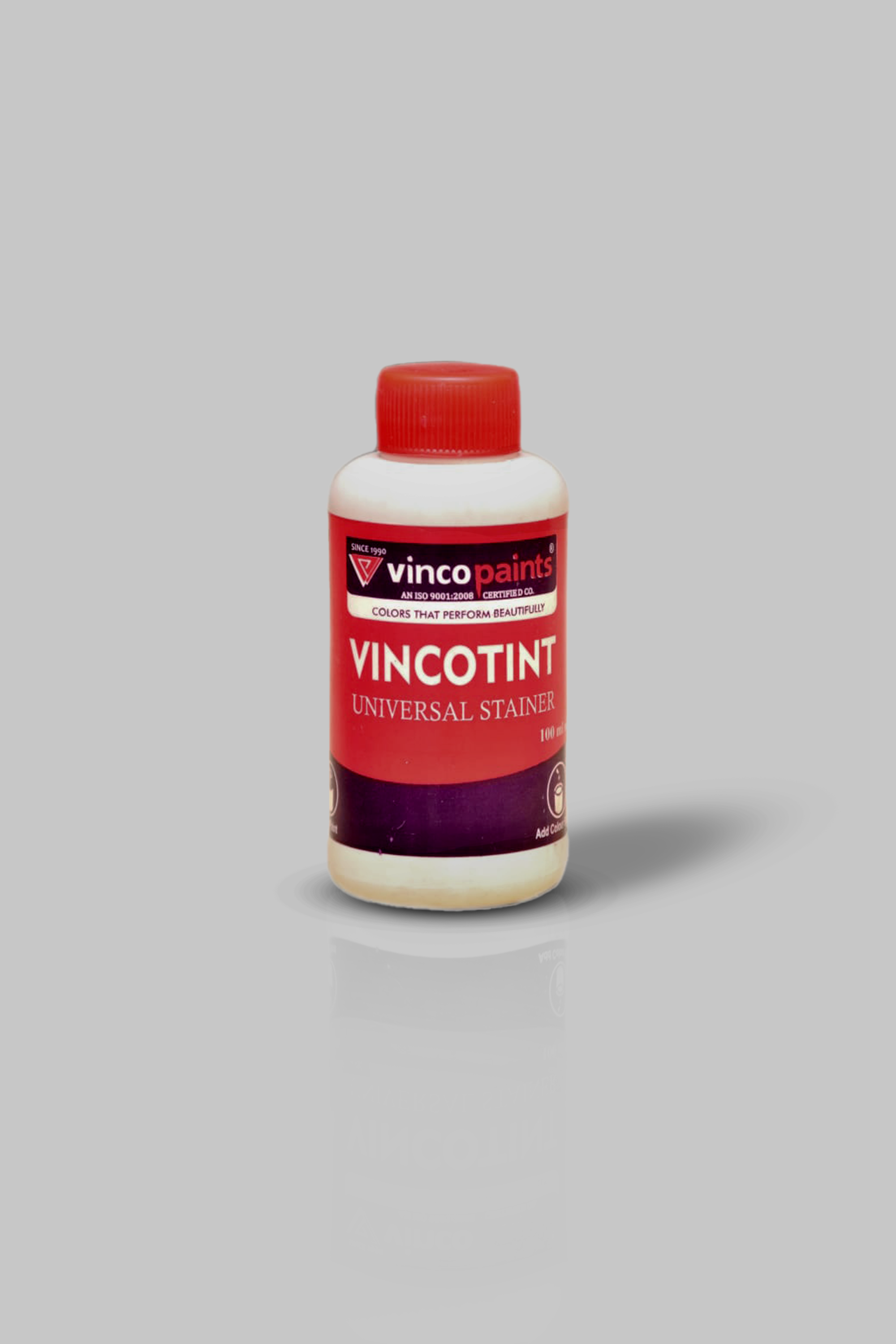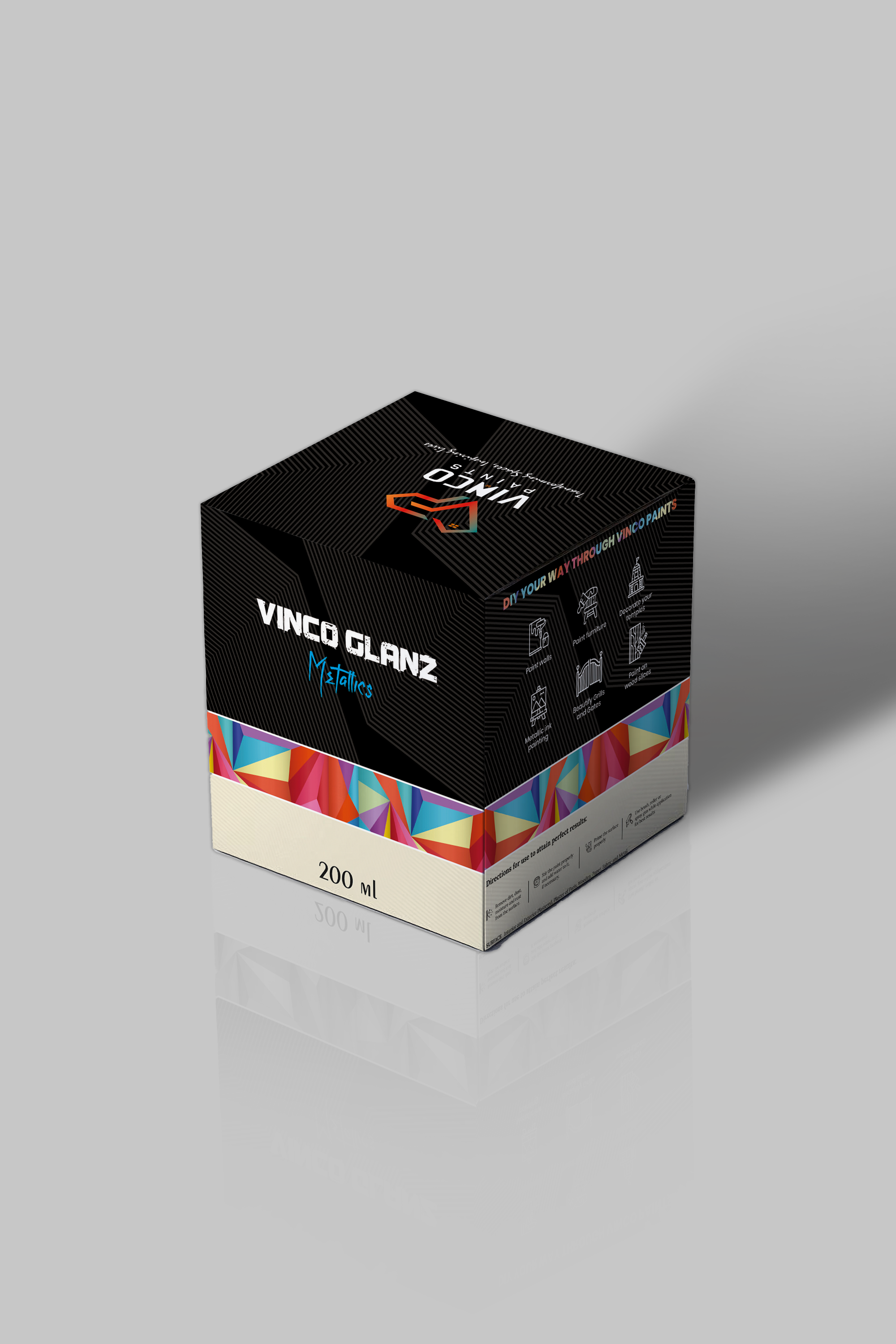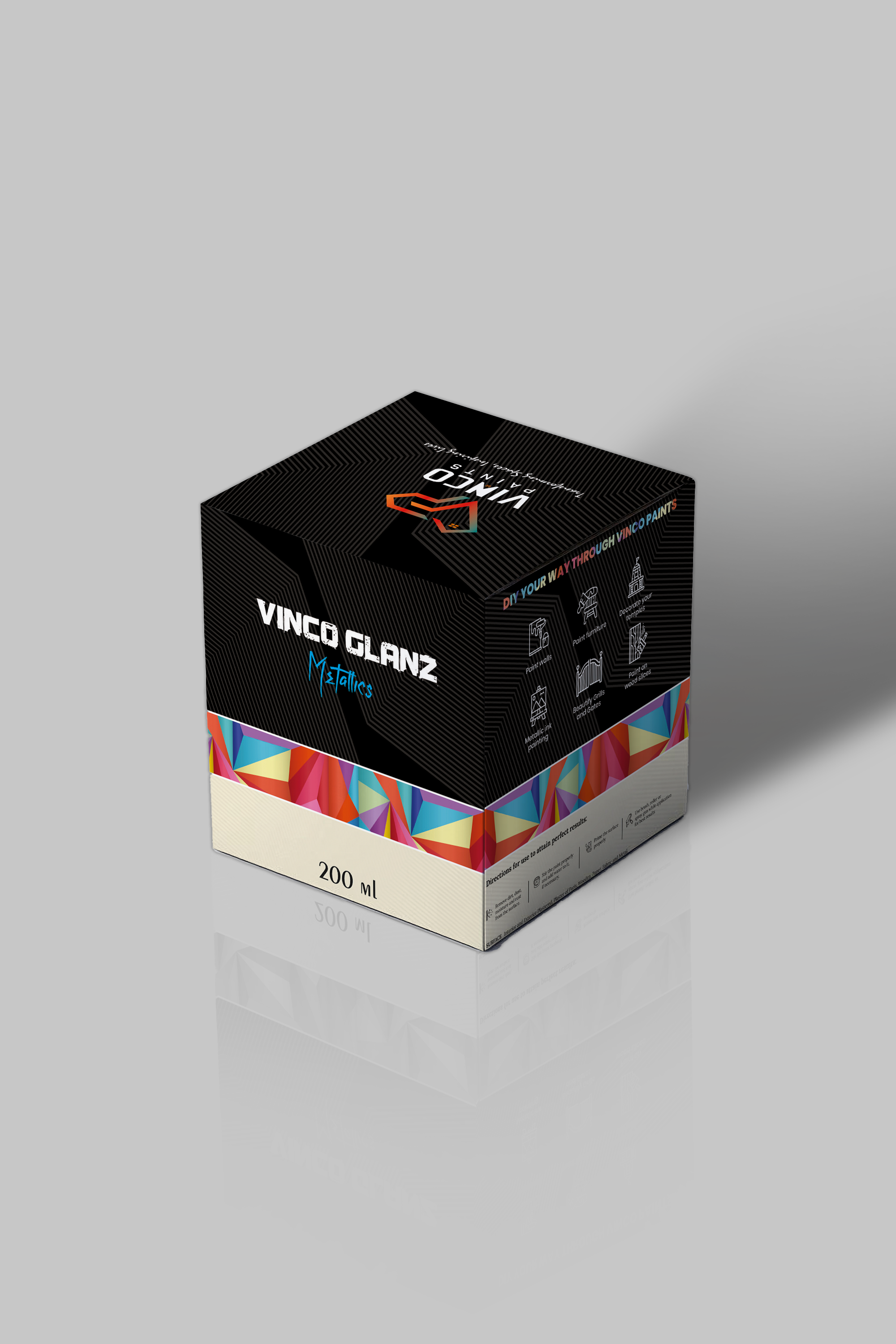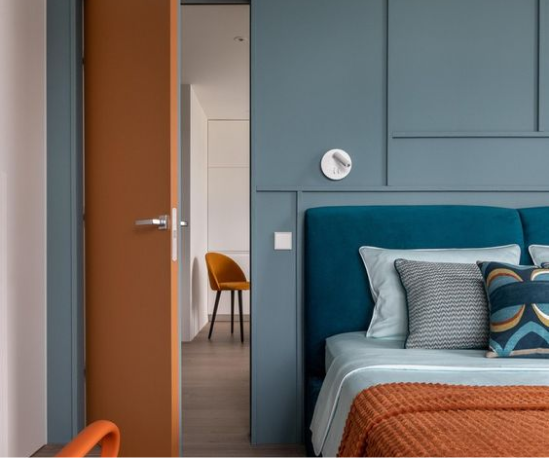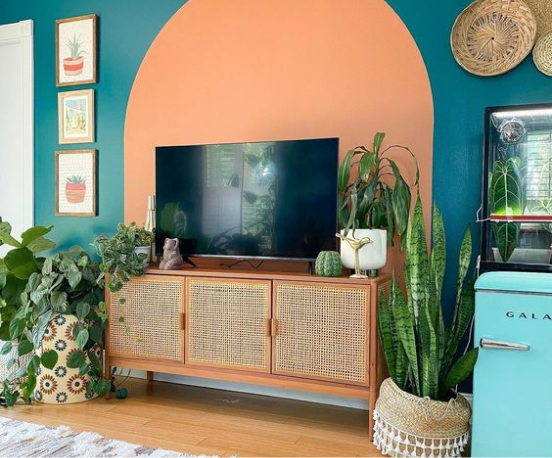When it comes to painting your home, most people focus on picking the perfect color. But there’s another key element that can dramatically impact the final look and feel of a room—the paint finish. Whether you're refreshing a single wall or redoing your entire home, choosing the right paint sheen is just as important as selecting the right shade.
So, what paint finish should you choose? That depends on the room, how it’s used, and how durable you need the paint to be. In this article, we’ll walk you through everything you need to know about different types of paint finishes to help you make the right decision.
What Is a Paint Finish?
A paint finish, also called paint sheen, refers to how shiny or reflective the dried paint appears on the surface. Simply put:
-
Glossy finishes reflect light, creating a shiny appearance.
-
Matte or flat finishes absorb light, giving a more subtle, muted look.
Each finish has its own unique characteristics—some are ideal for high-traffic or high-moisture areas, while others are better suited for decorative spaces or surfaces that need to hide imperfections.
Types of Paint Finishes: From Matte to Glossy
Here’s a breakdown of the five main types of paint finishes, listed in order of lowest to highest sheen:
1. Matte or Flat Finish
Matte paint has no shine, offering a soft, velvety look that absorbs light rather than reflecting it. This finish is excellent at hiding wall imperfections like nail holes, dents, or patches.
Pros:
-
Great coverage with fewer coats.
-
Easy to touch up.
-
Hides flaws well.
Cons:
-
Least durable finish.
-
Can be damaged by scrubbing or harsh cleaners.
Best for: Bedrooms, ceilings, dining rooms, and low-traffic areas where a subtle look is desired.
2. Eggshell Finish
Eggshell paint has a low sheen—just enough to give a gentle glow to your walls, much like the surface of a real eggshell. It’s one of the most popular finishes for interior walls due to its balance of beauty and durability.
Pros:
-
More durable than matte.
-
Resists stains and scuffs.
-
Adds a soft touch of elegance.
Cons:
-
Slightly harder to touch up than flat paint.
Best for: Living rooms, hallways, family rooms, and entryways.
3. Satin Finish
Satin paint is a versatile and durable option with a soft, pearl-like sheen. It’s more reflective than eggshell but still subtle enough to use in a wide variety of spaces.
Pros:
-
Easy to clean and resists moisture.
-
Ideal for high-traffic and humid areas.
-
Durable and long-lasting.
Cons:
-
Shows application flaws like brush strokes or roller marks more than lower-sheen paints.
Best for: Kitchens, bathrooms, laundry rooms, children’s rooms, home offices, and even outdoor siding or trim.
4. Semi-Gloss Finish
Semi-gloss paint has a smooth, shiny finish that reflects a lot of light, giving a sleek and polished appearance. It’s a step up in durability and is ideal for rooms that get wet or messy often.
Pros:
-
Moisture-resistant and very durable.
-
Easy to clean—great for scrubbing.
-
Adds a subtle shine to surfaces.
Cons:
-
Highlights imperfections in the wall or surface.
-
Requires more surface preparation before application.
Best for: Bathrooms, kitchens, laundry rooms, doors, and trim.
5. High-Gloss Finish
High-gloss paint offers the most shine and durability of any paint finish. It creates a bold, glass-like effect and is commonly used for surfaces that need frequent cleaning or that serve as a visual accent.
Pros:
-
Extremely durable and stain-resistant.
-
Easiest to clean.
-
Eye-catching and modern.
Cons:
-
Requires a smooth, well-prepped surface.
-
Shows every imperfection, crack, or bump.
Best for: Cabinets, moulding, doors, window trims, and furniture. Also great for exterior shutters and architectural features.
Paint Primer: Don’t Skip This Step
Before choosing your finish, consider whether you’ll need a primer. A good primer helps create a smooth, even surface and improves paint adhesion. Some paints include primer + paint in one, but not all surfaces are suitable for skipping a dedicated primer.
-
Use latex primers for drywall, plaster, or concrete.
-
Use alkyd primers for raw wood.
-
Stain-blocking primers are ideal for covering water stains or knotty wood.
Skipping the primer can result in uneven absorption and a blotchy paint job, especially with high-sheen paints.

